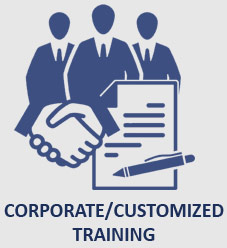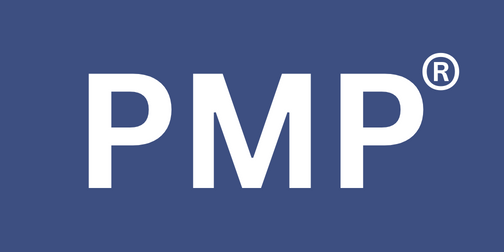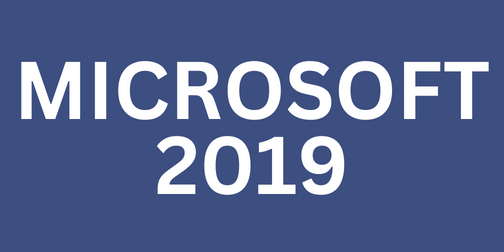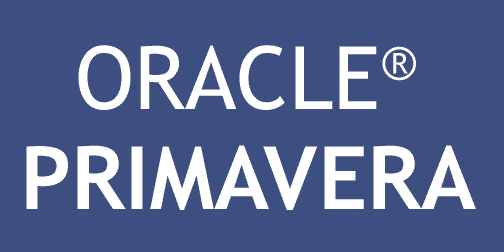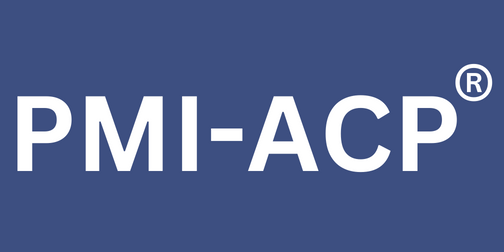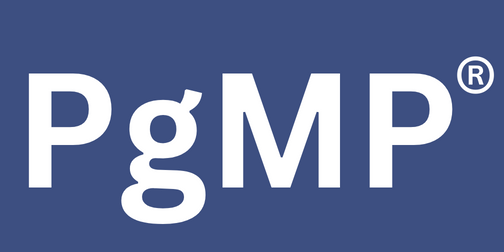PeopleCert SCRUM Master I
Scrum is a framework that helps teams work together. It increases team productivity by encouraging team players to learn through experiences, self-organise, and continuously improve. IT teams use Scrum to develop, deliver, and maintain complex software products. However, Scrum principles can be applied to all kinds of areas: Research, Sales, Marketing, and Customer support - to name a few.
How does Scrum work? Based on Agile principles, it enables teams to self-organise by encouraging close collaboration between all team members and specialisms involved. Scrum challenges the assumptions of the sequential approach to Product development and replaces it with an Iterative process. It includes a set of meetings, tools, and roles that work in harmony to help teams structure and manage their work.The goal of this approach is to timely capture changes in customers' needs, along with any other unpredictable challenges that may occur — for which a sequential approach is not suted. As such, Scrum uses an evidence-based framework that embraces the fact that problems cannot be fully defined upfront. Instead, it focuses on maximising the team's ability to respond to emerging requirements, deliver value quickly, and adapt to new market conditions.
Why is it important to hold a Scrum certification? Holding a Scrum certification proves the candidate's familiarity with Scrum practices, beyond the mere knowledge of terminology. It shows to employers that the candidate has the potential to be the person they need to cover the Scrum Master role in their teams. Whether the candidate is a Scrum beginner or a seasoned professional, a certification a significant advantage when aiming to motivate and lead teammates.
Program Outline
|
Introduction: PeopleCert Scrum Master I |
||
|
1 Introduction to Agile Project Management |
What Is Agile? |
|
|
|
Agile Values and Principles |
|
|
2 Scrum as an Agile Framework |
What Is Scrum? |
|
|
|
The Three Pillars of Scrum |
|
|
|
Scrum Values |
|
|
3.The Scrum Framework & Team |
The Scrum Framework |
|
|
|
Roles |
|
|
|
Teams |
|
|
|
The Product Owner Role |
|
|
|
The Development Team Role |
|
|
|
The Scrum Master Role |
|
|
|
Technical Debt |
|
|
4 Scrum Artifacts |
Product Backlog |
|
|
|
Sprint Backlog |
|
|
|
Product Increment |
|
|
|
Artifact Transparency |
|
|
5 Scrum Planning |
Multilevel Planning |
|
|
|
Release Planning |
|
|
6 Scrum Events |
Sprint Planning |
|
|
|
Sprint Execution |
|
|
|
Daily Scrum |
|
|
|
Sprint Review |
|
|
|
Sprint Retrospective |
|
|
7 Information Radiators |
Types of Information Radiator |
|
|
|
Purposes of Information Radiators |
|
|
8 Scaled Scrum |
The Purpose of Scaling Scrum |
|
|
|
Roles in Scaling Scrum |
|
|
|
Scaled Artifacts and Events |
|
- Makes you aware of the Best Practices in Agile Project Management
- Act as Qualification/ Disqualification Criteria for Top Paying Agile Project Management Jobs in the UK and Europe
- Recognizes your Knowledge, Skills, and Abilities Globally
- Lead to Career Opportunities and Advancement
- Increases Chances of Getting Better Jobs at the Mid/Senior Level
- Contribute towards Enhancing/ Improving organizational Agile project management processes.
- Shows your commitment to the Agile Project Management profession
- Meet the Qualifying Criteria
- Undertake training based on Latest SCRUM Master I Manual
- Attend 3 Days of Training
- Attempt SCRUM Master I Certification Exam on the 3rd Day
- Assess Participant's Profile
- Provide a Road Map for SCRUM Master I Certification
- Share Details about Costs associated with the SCRUM Master I Exam.
- Query Handling Facility over E-mail
- SCRUM Master I Exam Mock Questions
- Customer Support over E-mail
 SCRUM Master I Certification Benefits
SCRUM Master I Certification Benefits
 How to become SCRUM Master I Certified?
How to become SCRUM Master I Certified?
 What Can KnowledgeWoods Do for You?
What Can KnowledgeWoods Do for You?
>
>
>
>











